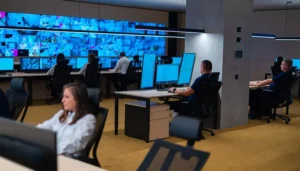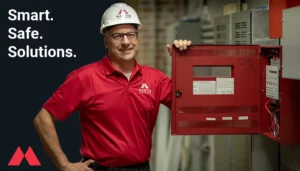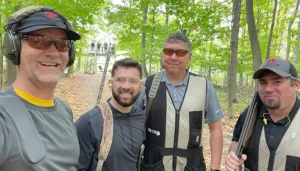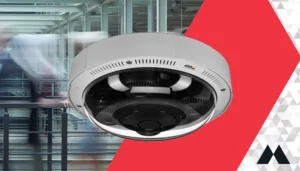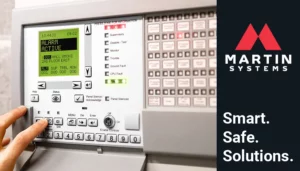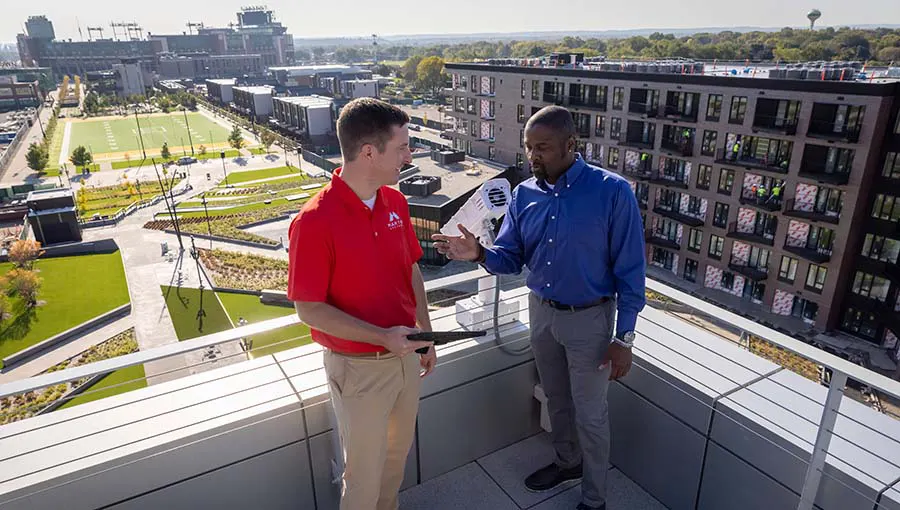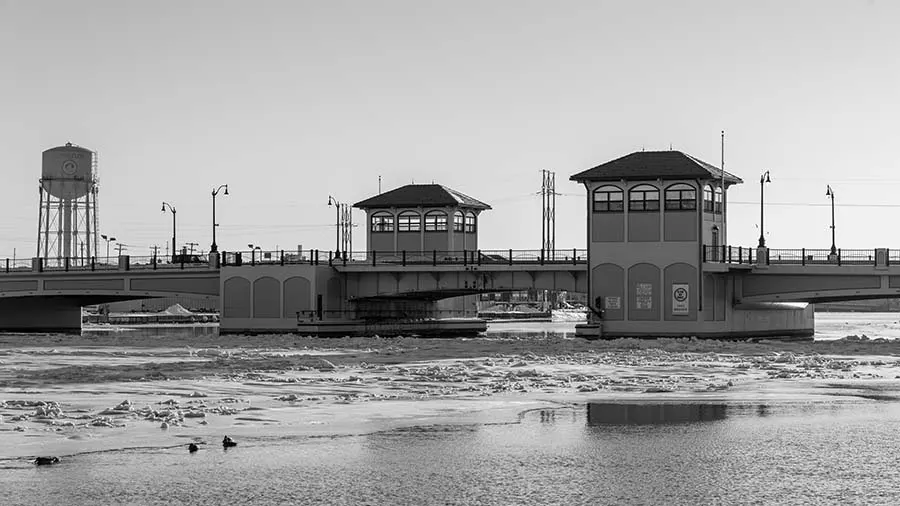Assisted living facilities must comply with the Americans with Disabilities Act (ADA), which mandates accessibility features for individuals with mobility challenges. As a result, facilities with more than one floor are equipped with elevators to ensure residents can move around freely and safely.
Like fire systems, elevators in assisted living facilities must be inspected. The frequency of these inspections varies depending on several factors, such as location, type of elevator, and local regulations. But generally, most commercial elevators require yearly inspections. High-traffic elevators may need inspections every one to three months, and hydraulic and traction elevators often require inspections every six months.
When an elevator fails an inspection, it’s often due to some common issues that go unnoticed before the inspection is performed or, worse yet, until an emergency event occurs in the elevator. Those who operate an assisted living facility should pay close attention to these issues, starting with the wiring. It should be checked regularly for a whole host of reasons.
Outdated wiring, for example, can be a silent cause behind elevator failures, and it can create a multitude of issues that compromise elevator safety and functionality.
Over time, for instance, the insulation around them can deteriorate, which leads to exposed wires that can short-circuit or disrupt power flow. Older wiring can also be a culprit, as it may not be designed to handle modern electrical loads. This raises the risk of overheating and system failure. Frayed wires can also spark fires, putting residents and staff and the building itself at risk. Faulty wiring can also cause signal disruptions because elevators rely on precise electrical signals to operate doors, movement, and emergency responses. So, if the wiring to control panels is unreliable, an elevator may stop between floors or fail to respond to button presses. And yes, failed test signals, like old or faulty wiring, also translate into failed inspections.
Anyone who has ever gotten stuck in an elevator can attest to the importance of a functioning emergency phone line. It’s an indispensable safety feature. When an elevator malfunctions, gets stuck in between floors, or loses power, a direct communication line is crucial to a swift and safe response. Mobile phones aren’t always enough if they lose their signal in an elevator. A dedicated emergency line ensures that anyone, regardless of their device or signal strength, has a reliable way to call for help.
Regular monitoring and maintenance can also help facilities prevent a power failure in their elevator system. Unexpected outages can leave passengers stranded, but a monitoring system helps detect power loss and ensures backup systems activate promptly. Proper monitoring and maintenance will also guard against misaligned motors or components. From both a safety and budgetary standpoint, wear and tear can cause misalignment, leading to further damage and costly repairs if they’re not addressed early.
Why risk patient safety and non-compliance penalties when regular monitoring and maintenance can help assisted living facilities spot these issues before they escalate? Contact Martin Systems to learn more about our fire safety and elevator monitoring solutions.
About Martin Systems
Martin Systems is a leading provider of integrated security, fire, life safety, and technology solutions serving businesses and communities across Wisconsin. With a commitment to customer service, innovation, and technical excellence, Martin Systems delivers customized solutions in video surveillance, intrusion detection, fire alarms, camera systems, access control, and 24/7 monitoring. Backed by a team of experienced professionals and strategic partnerships with top-tier manufacturers, Martin Systems is proud to protect People, Property and Profits across the communities of Wisconsin. Martin Systems is proud to be a part of Zeus Fire and Security.


